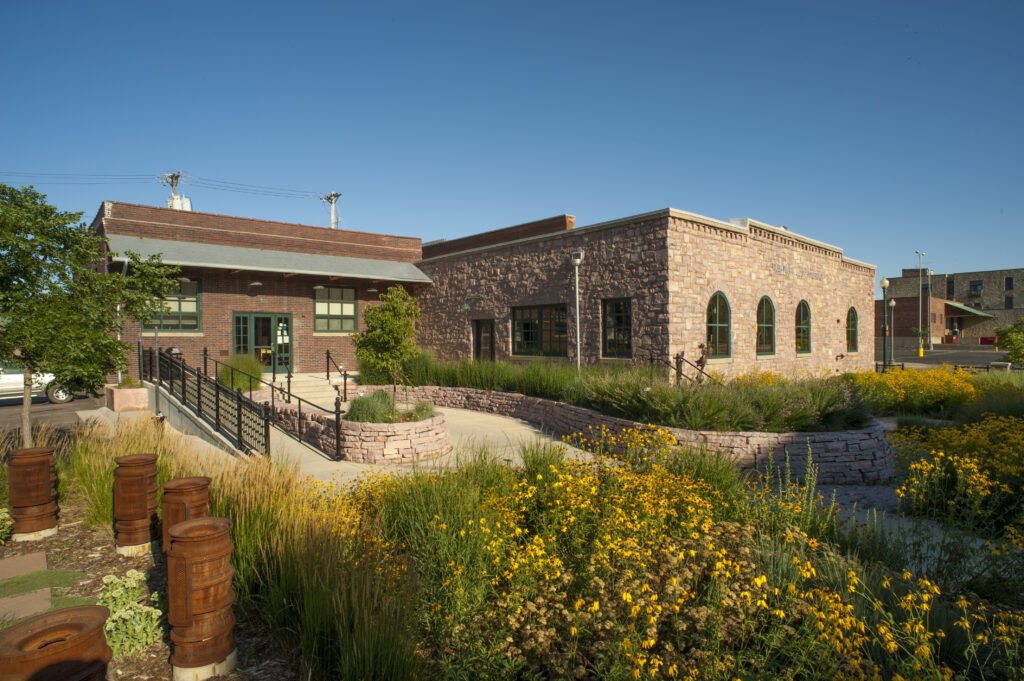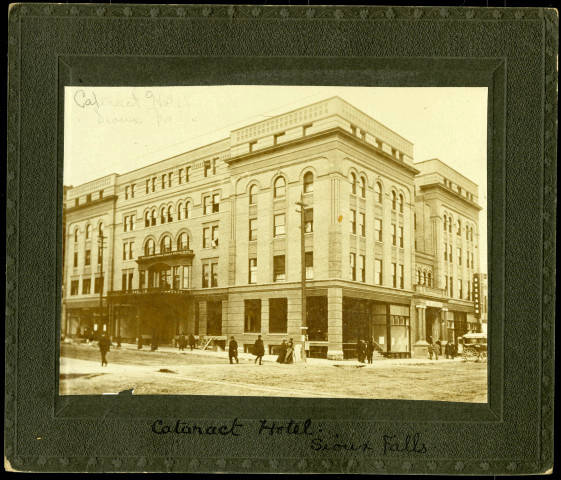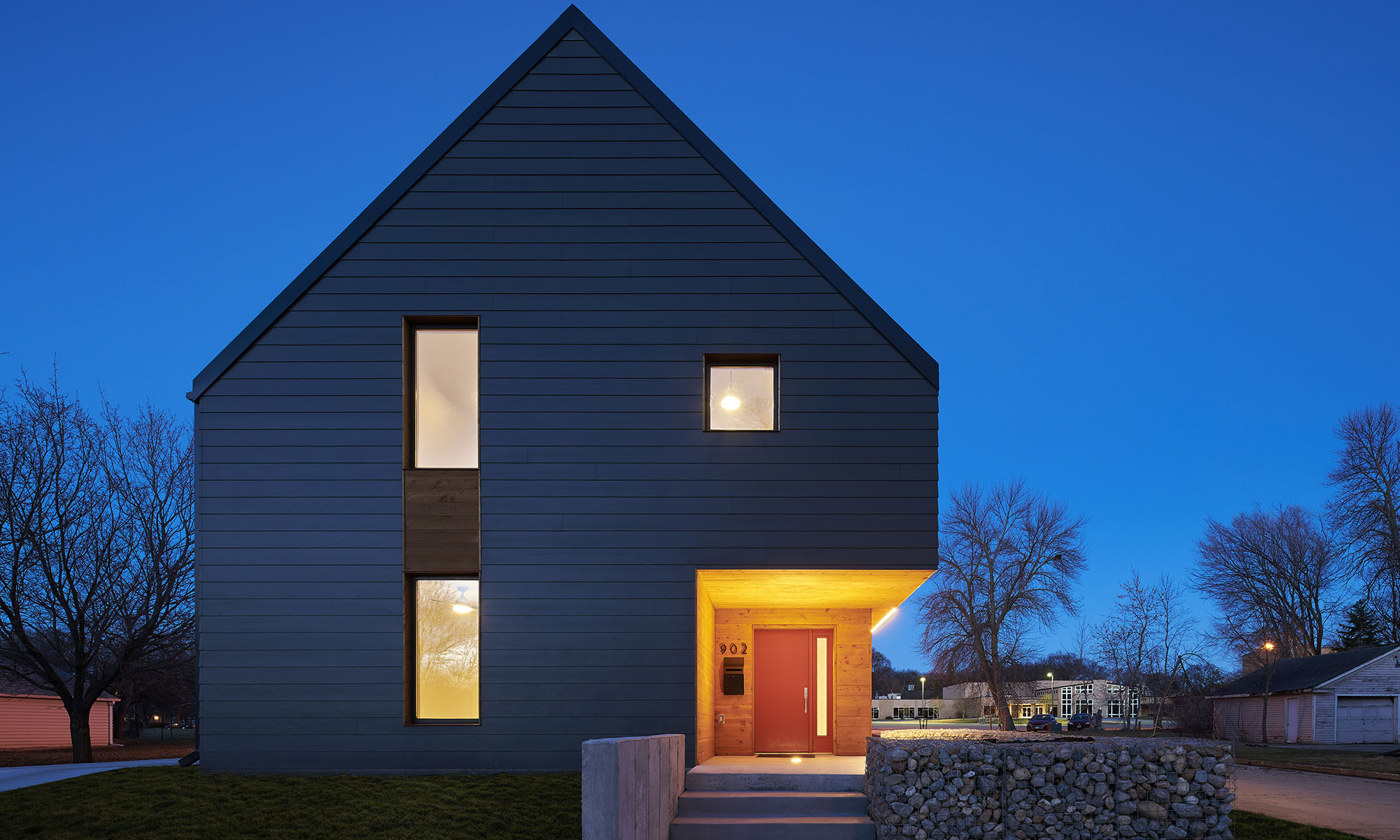
For most architects and architecture aficionados, the case for preserving and rehabilitating historic buildings seems like plain common sense. For the skeptics and fence-sitters out there, we put together a list of resources that lay out the many, many benefits of saving our older buildings. The 6-point list below comes from the National Trust for Historic Preservation.
1. Old buildings have intrinsic value.
Buildings of a certain era, namely pre-World War II, tend to be built with higher-quality materials such as rare hardwoods (especially heart pine) and wood from old-growth forests that no longer exist.
Prewar buildings were also built by different standards. A century-old building might be a better long-term bet than its brand-new counterparts.

2. When you tear down an old building, you never know what’s being destroyed.
A decade ago, the Daylight Building in Knoxville was a vacant eyesore. A developer purchased the property with plans to demolish the building to make way for new construction.
However, following multiple failed deals to demolish the building, the Daylight went back on the market. Dewhirst Properties bought it and began renovations only to discover the building’s hidden gems: drop-ceilings made with heart-pine wood, a large clerestory, a front awning adorned with unusual tinted “opalescent” glass, and a facade lined with bright copper.
Beyond surviving demolition and revealing a treasure trove of details, the Daylight reminds us that even eyesores can be valuable for a community’s future.

3. New businesses prefer old buildings.
In 1961, urban activist Jane Jacobs startled city planners with The Death and Life of Great American Cities, in which Jacobs discussed economic advantages that certain types of businesses have when located in older buildings.
Jacobs asserted that new buildings make sense for major chain stores, but other businesses–-such as bookstores, ethnic restaurants, antique stores, neighborhood pubs, and especially small start-ups―thrive in old buildings.
“As for really new ideas of any kind―no matter how ultimately profitable or otherwise successful some of them might prove to be―there is no leeway for such chancy trial, error, and experimentation in the high-overhead economy of new construction,” she wrote. “Old ideas can sometimes use new buildings. New ideas must use old buildings.”

4. Old buildings attract people.
Is it the warmth of the materials, the heart pine, marble, or old brick―or the resonance of other people, other activities? Maybe older buildings are just more interesting.
The different levels, the vestiges of other uses, the awkward corners, the mixtures of styles, they’re at least something to talk about. America’s downtown revivals suggest that people like old buildings. Whether the feeling is patriotic, homey, warm, or reassuring, older architecture tends to fit the bill.
Regardless of how they actually spend their lives, Americans prefer to picture themselves living around old buildings. Some eyes glaze over when preservationists talk about “historic building stock,” but what they really mean is a community’s inventory of old buildings ready to fulfill new uses.
5. Old buildings are reminders of a city’s culture and complexity.
By seeing historic buildings―whether related to something famous or recognizably dramatic―tourists and longtime residents are able to witness the aesthetic and cultural history of an area. Just as banks prefer to build stately, old-fashioned facades, even when located in commercial malls, a city needs old buildings to maintain a sense of permanency and heritage.

6. Regret goes only one way.
The preservation of historic buildings is a one-way street. There is no chance to renovate or to save a historic site once it’s gone. And we can never be certain what will be valued in the future. This reality brings to light the importance of locating and saving buildings of historic significance―because once a piece of history is destroyed, it is lost forever.
Additional Resources:
https://www.austintexas.gov/page/why-we-preserve-historic-buildings-and-sites

Keith Thompson, AIA, LEED AP BD+C, is a principal at Koch Hazard Architects in Sioux Falls.


We, who love old buildings, need to keep beating this drum.
Thanks!